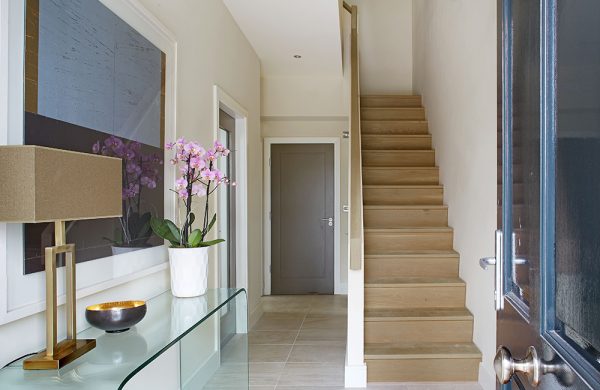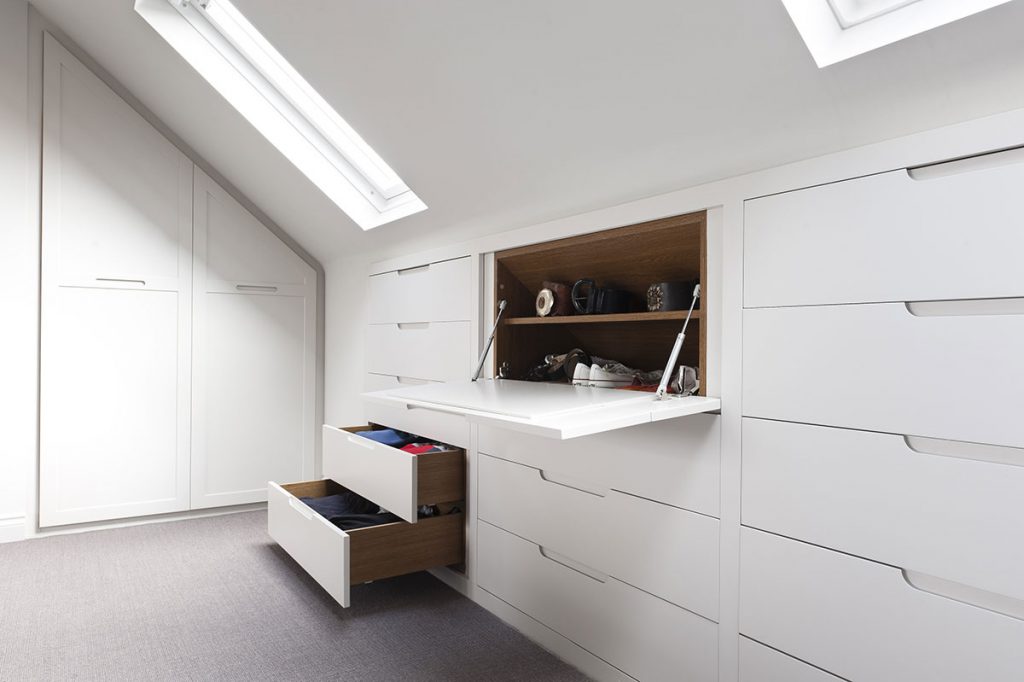
House hunting can be a very stressful time. There are a lot of factors to consider such as location, orientation and proximity to amenities like schools and public transport.
The process can put you under a lot of pressure and you can start to feel overwhelmed pretty quickly. But don’t get caught up in the panic that goes along with the process otherwise you can miss some really important things that you should be looking out for.
When deciding on how much to offer for a house you must have a clear picture of what you will need to spend to make any necessary changes once you’ve bought it. Be wary of spending too much. If houses on the road have a value of €750,000, for example, doing work that pushes the total purchase price up to €950,000 isn’t a good idea.
I visited a home recently where the asking was €650,000, which seemed really good value for the area, but the amount of money required to bring the house up to standard and create better living space was in excess of €450,000, bringing the total spend to well in excess of what homes in the area are worth.

Try to get an expert opinion on what the works might cost. It’s a good idea to visit the house with an impartial builder or architect. Family members or friends may be too emotionally invested to give you honest advice. Take the advice on board and do your sums. Be prepared to walk away.
Seeing the potential in some properties on the market can be a challenge. Years of neglect and dated décor can be a real obstacle to many people but don’t be seduced by an immaculate walk-in condition either.
Don’t underestimate the importance of off street parking.
Even if this isn’t a priority for you right now it’s important that you plan for the future. You might not have children now but struggling to find a parking spot off the street with a boot full of groceries and a toddler won’t be much fun in a few years time. We had clients who sold their newly refurbished home when a house on the same road with off street parking came on the market.
Try not to become obsessed with square footage. When it comes to a home bigger is not necessarily better. Instead ask yourself whether or not the house can be adapted to suit you? Look at the proportions of the house and the garden. Building an extension might mean you lose valuable garden space or you might find that the original front room becomes redundant.
Think about the site – things like orientation, neighbouring properties and trees will all have an impact your home. You can do anything with a house over time but you can’t control the site or what surrounds it. My advice would always be try to find a house situated on a good site.
Run a planning search for the neighbouring areas and lands surrounding the house. This is an easy thing to do – all of the councils have a planning search facility that works by typing in an address. It will let you see what development is planned for the area and what the precedents for work similar to what you might plan to do yourself are. You’ll also be able to see any conditions on similar developments.
If you have found a house that ticks all the boxes regarding location etc. but are unsure if you will be able to transform It into your ideal home, look to see if there are any houses on the street that have done work and ask if you could possibly take a look to see what they did. When approached correctly, people will be very happy to let you see their home. You can also ask them about any possible issues they encountered when doing the work. This is particularly relevant with older properties that often have hidden pitfalls which are impossible to detect until the works have started. Pay attention to whether or not the property is protected as this will mean that making changes will require a conservation report and planning.

Look for opportunity to add value in the future. Can the attic be converted for example, In smaller homes with small gardens this may be the only way to gain additional space. The addition of a bedroom and bathroom can increase the value of your home by as much as 15pc, but you need to make sure you have the headroom to convert the attic space. Unless you plan to add a dormer window or Velux style roof lights to the front of the house, an attic conversion is exempt from planning.
Small scale domestic extensions, including conservatories, do not require planning permission to the rear of the house if it does not increase the original floor area by more than 40 square metres and the house has not been extended before. Otherwise, the combined floor area of the proposed extension and the floor area of any previous extension, including those for which you got planning permission, cannot exceed 40 square metres.
For terraced or semi-detached houses, the floor area of any first floor extension should not exceed 12 square metres. Again this figure should include any previous extensions carried out.
And the old adage holds true that given the choice, always go for the worst house on the best road rather than the best house on the worst road.